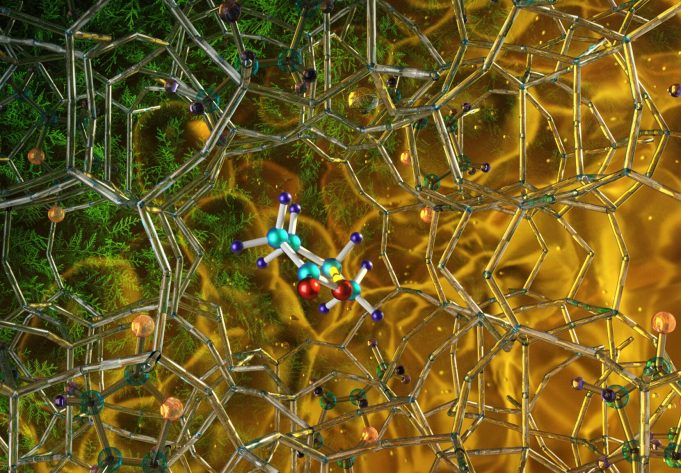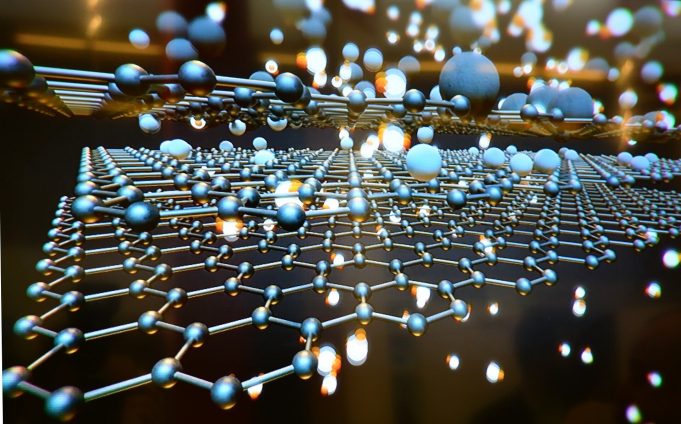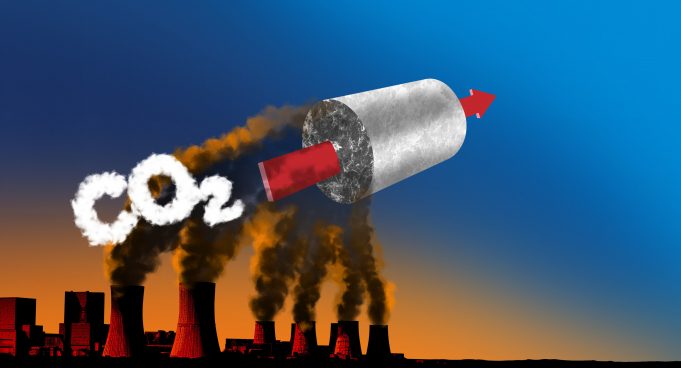Researchers from Queen Mary University of London have developed new thermoelectric materials, which could provide a low-cost option for converting heat energy into electricity.
Materials known as halide perovskites have been proposed as affordable alternatives to existing thermoelectric materials, however so...
Scientists at the National Renewable Energy Laboratory (NREL) achieved a technological breakthrough for solar cells previously thought impossible.
The scientists successfully integrated an aluminum source into their hydride vapor phase epitaxy (HVPE) reactor, then demonstrated the growth of the semiconductors aluminum indium...
Researchers led by the University of Manchester have designed a catalyst that converts biomass into fuel sources with remarkably high efficiency and offers new possibilities for manufacturing advanced renewable materials.
Neutron scattering experiments at the Department of Energy's Oak Ridge...
Artificial Intelligence may be just the thing to accelerate spray-on solar cell technology, which could revolutionize how consumers use energy.
A research team at the University of Central Florida used Machine Learning, aka Artificial Intelligence to optimize the materials used...
During a chemical reaction, the molecules involved in the reaction gain energy until they reach a "point of no return" known as a transition state.
Until now, no one has glimpsed this state, as it lasts for only a few...
A new chemical process described in the journal Nature Communications does in the lab what trees do in nature—it converts carbon dioxide into usable chemicals or fuels.
This new, carbon-neutral process, created by researchers at Wake Forest University, uses silver diphosphide (AgP2) as a novel...
Hydrogen-powered cars may soon become more than just a novelty after a UNSW-led team of scientists demonstrated a much cheaper and sustainable way to create the hydrogen required to power them.
In research published in Nature Communications recently, scientists from UNSW Sydney,...
Water scarcity is a major problem across the world. "It affects every continent," says Amir Barati Farimani, an assistant professor of mechanical engineering at Carnegie Mellon University. "Four billion people live under conditions of severe water scarcity at least...
As the world gathers in Madrid to discuss how to reduce greenhouse gas emissions to fight climate change, a newly released study makes the case that trapping emissions underground could go a long way toward solving the problem.
The study—from...
A team of researchers from the Georgia Institute of Technology and The Ohio State University has developed a soft polymer material, called magnetic shape memory polymer, that uses magnetic fields to transform into a variety of shapes. The material...
Successful trials of titanium-copper alloys for 3-D printing could kickstart a new range of high-performance alloys for medical device, defence and aerospace applications.
Current titanium alloys used in additive manufacturing often cool and bond together in column-shaped crystals during the...


















